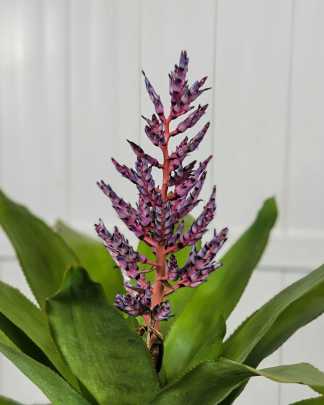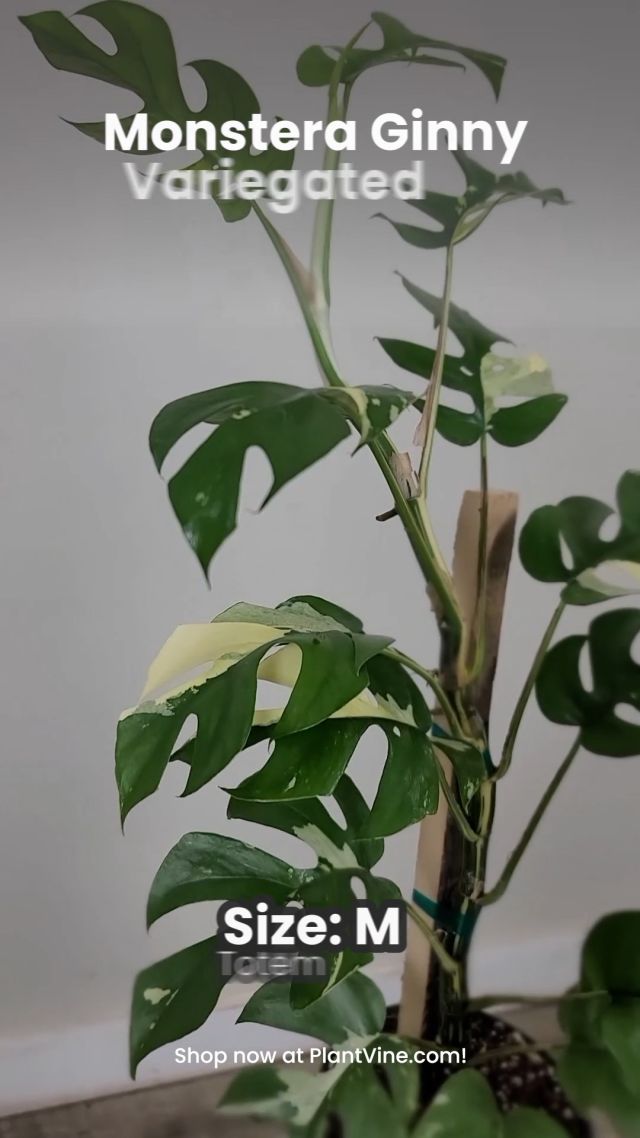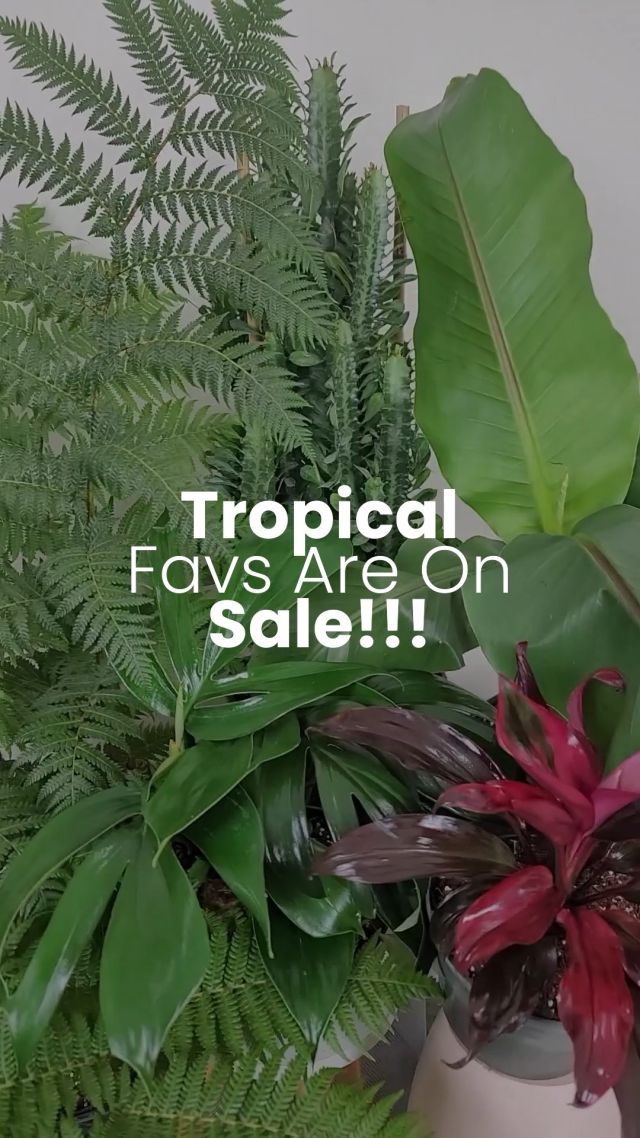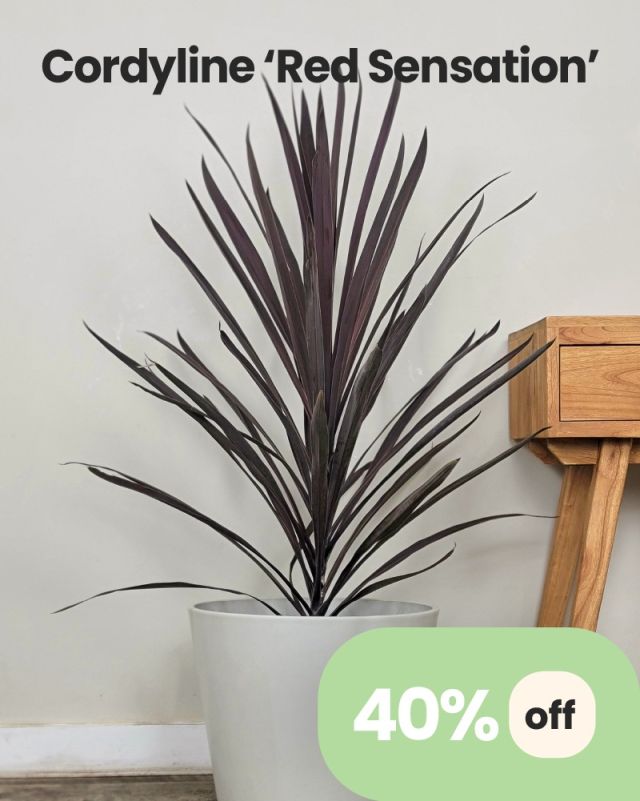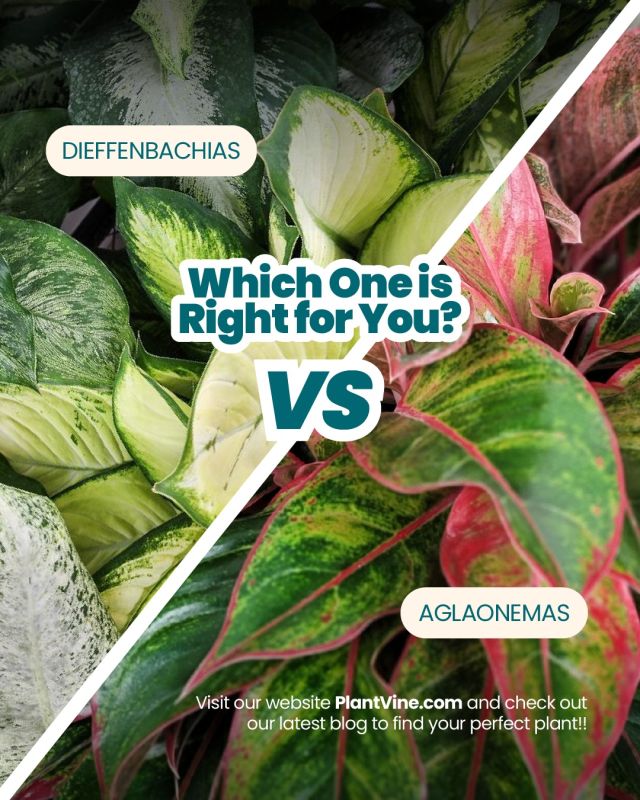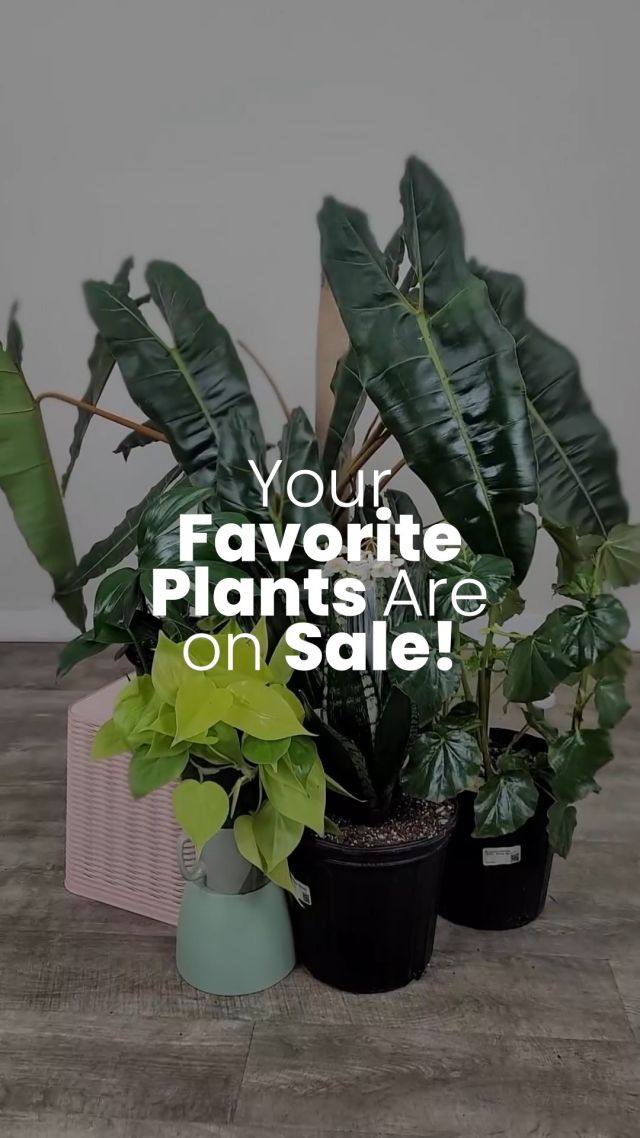Growing Bromeliads as Houseplants
With their showy, colorful foliage and striking flowers, bromeliads are some of the most unique and impactful houseplants; yet many people shy away from them because of the (inaccurate) belief that they are hard to grow. Bromeliads are, in fact, very easy to grow and maintain providing that the right ones are chosen for the site.
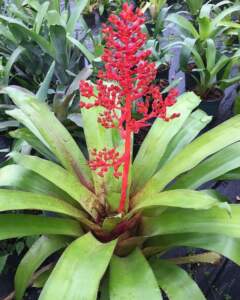
Bromeliads belong to the Bromeliaceae family of plants which contains over 3000 species. In the wild they’re found in an extensive range of conditions, from deep shade to full sun; and from terrestrials in the ground to epiphytes on trees and rocks. You’re sure to find one for your location, whether it be indoors or out.
When selecting a bromeliad the most important consideration is the amount of light the spot receives. As houseplants, most bromeliads can be grown in any space that receives bright, filtered or indirect light. Save for a few sun varieties, more than a couple hours of direct sunlight will probably burn the leaves. Providing the right amount of light is paramount to achieving the full color and ideal shape of your bromeliad. Too much light can cause the foliage to grow short and have a lighter, bleached color whereas too much shade can result in leaves which are stretched and greener.
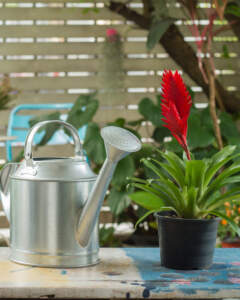
Although most bromeliads come from humid tropical conditions, they don’t like wet soil. Keeping the cups in their center filled with water and regularly spraying the leaves will ensure a healthy plant. Distilled or rain water is best as tap water usually contains too much minerals and can cause calcium buildup. As most bromeliads are epiphytic, it is recommended to plant them in a well drained, loose soil mix. Bark chunks are a great additive to the potting medium.
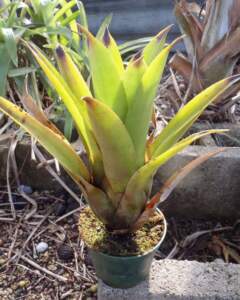
Bromeliads tend to be relatively disease and pest free plants. For the most part the main problem you may encounter, albeit rare, is fungus from overwatering the soil (manifesting as brown spots on the leaves) – this is easily treated with fungicide. Scale and mealy bugs may sometimes turn up, but they can be treated with organic pesticides such as neem oil.
There are thousands of different bromeliads that come in a myriad of shapes and sizes, so you’ll certainly find a variety that will work for you. The easiest to grow indoors are Aechmeas and Neoregelias. Aechmeas are colorful bromeliads which can tolerate low light conditions and usually have beautiful flowers spikes which may last months! Although Neoregelias don’t produce striking flowers, they are widely sought after for their magnificent leaves with bold colors and mesmerizing patterns. Discover more bromeliads >>

